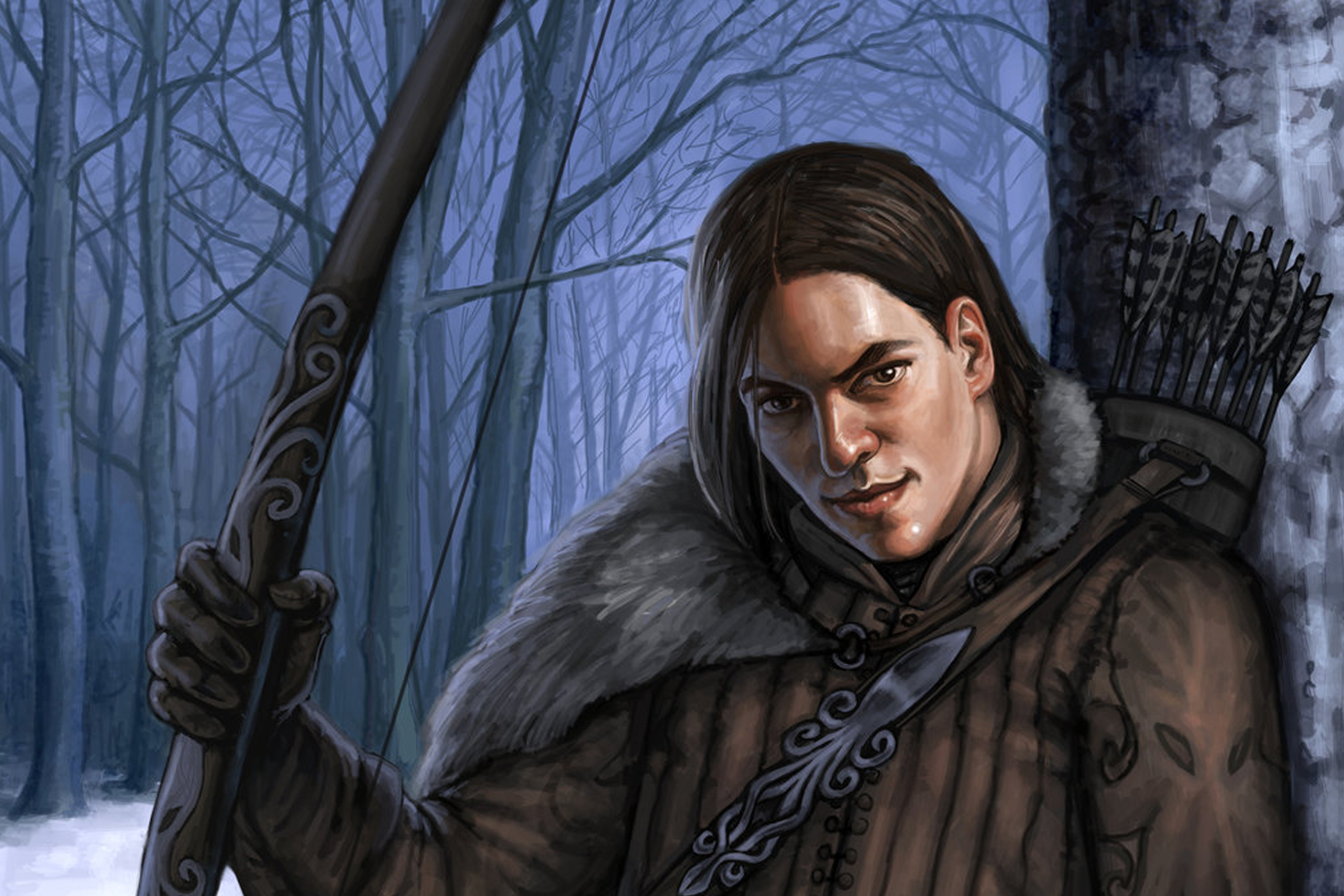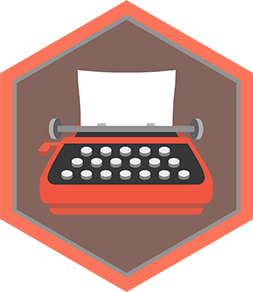Describe a character
Design and draw an original character, then write a short backstory and list its appearance, personality, skills, and favorite activity.


Step-by-step guide to design and draw an original character and write its backstory
Easy Pencil Drawings For Kids/ Cartoon Drawing Step by Step/ How to Draw Cartoon Characters
Step 1
Gather all your materials and put them on a clean flat surface so everything is ready.
Step 2
Pick what kind of character you want to create for example a human animal robot monster or a mix of two of these.
Step 3
Choose a fun name for your character and say it out loud.
Step 4
Decide one big goal or secret your character has such as wanting to find a lost map or hiding a magical power.
Step 5
Draw three tiny thumbnail sketches to try different poses and shapes quickly.
Step 6
Pick your favorite thumbnail and draw a full-size pencil outline of the character on a fresh part of the paper.
Step 7
Add the details like hair clothes facial features and any accessories to your pencil drawing.
Step 8
Carefully erase extra sketch lines so your character looks neat and clear.
Step 9
Trace over your final lines with your pen or a darker pencil to make the drawing bold and easy to see.
Step 10
Color your character using your coloring materials and make choices that match their personality and story.
Step 11
Write a short backstory of three to five sentences that explains where your character comes from and what they want.
Step 12
Write a list of four short phrases that describe your character’s appearance for example "green goggles" or "striped tail."
Step 13
Write a list that includes three words for your character’s personality three skills they are good at and one favorite activity they love to do.
Step 14
Share your finished character drawing backstory and lists on DIY.org
Final steps
You're almost there! Complete all the steps, bring your creation to life, post it, and conquer the challenge!


Help!?
What can I use if I don't have the exact art supplies listed (pen, markers, or special coloring tools)?
If you don't have a pen or markers, darken your 'final lines' with a soft 4B pencil or ballpoint pen and use crayons, watercolor, or torn colored paper glued on for the 'color your character' step.
My sketch looks messy and smudges when I try to ink it — what should I do during the thumbnail and tracing steps?
Draw thumbnails and the pencil outline lightly with an HB pencil, clean up extra sketch lines with a kneaded eraser before you 'trace over your final lines with your pen or a darker pencil', and let any ink dry fully while resting your hand on scrap paper to avoid smudging.
How can I change the activity for different ages (younger kids versus older kids)?
For younger kids, skip the three thumbnails and use simple shapes, stickers, or traced templates for the 'full-size pencil outline' and make the backstory one sentence, while older kids can do detailed thumbnails, add accessories in the 'add the details' step, and write a longer three-to-five sentence backstory with lists.
What are some ways to extend or personalize the character after finishing the drawing and backstory?
Extend the project by creating a four-panel comic of the character pursuing their 'big goal or secret', adding mixed media when you 'color your character' (fabric scraps, glitter), making alternate outfit thumbnails, and then share both the drawing and the three-to-five sentence backstory on DIY.org.
Watch videos on how to design and draw an original character and write its backstory
Draw a simple character illustration | Clip Studio Paint for Beginners
Facts about character design and storytelling for kids
🕺 A character’s favorite activity often shapes their pose, clothing, and facial expressions in drawings.
🧠 A tiny backstory detail (like a childhood pet or a scar) can explain lots of a character's choices and habits.
🎭 Giving a character one clear flaw makes them more relatable — heroes with flaws stick in our minds.
🎨 Many character designers start with dozens of rough sketches — sometimes 50+ — to find the perfect look.
🐾 Mixing animal traits with human ones (anthropomorphism) helps make characters instantly expressive and memorable.
How do I guide my child to design and draw an original character and write a backstory?
What materials do I need to design and draw an original character and write its backstory?
What ages is this activity suitable for?
What are the benefits of having kids design characters and write backstories?


One subscription, many ways to play and learn.
Only $6.99 after trial. No credit card required



